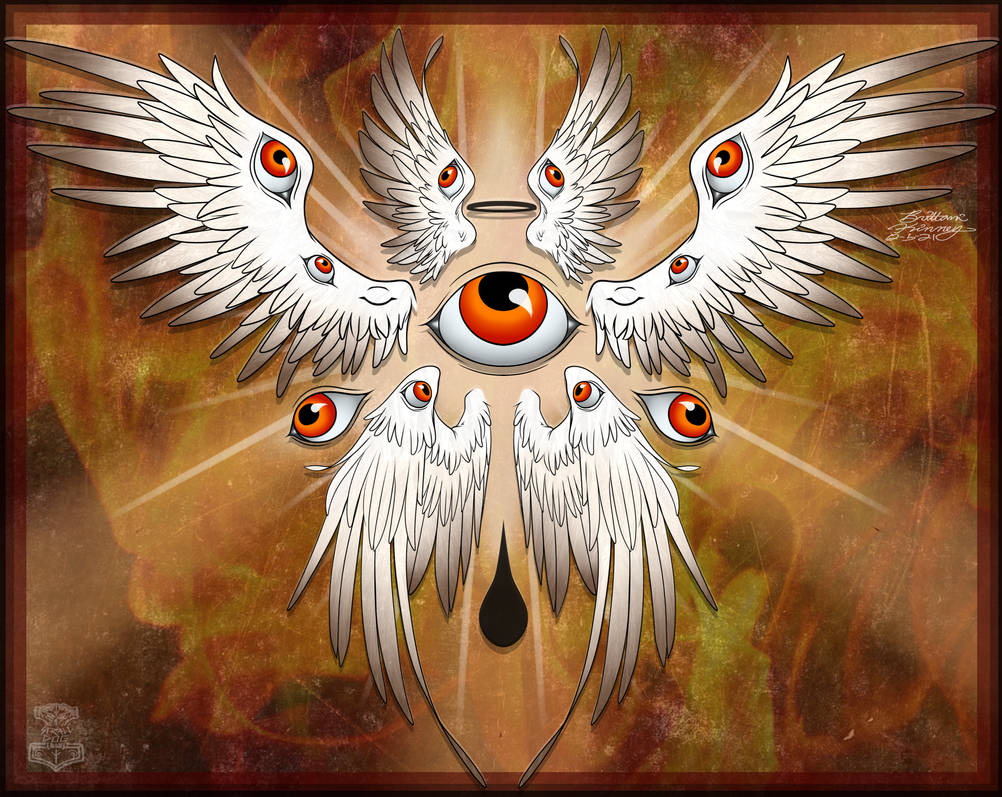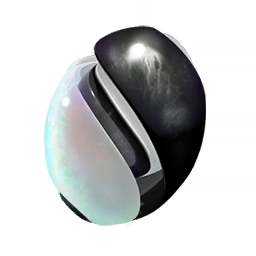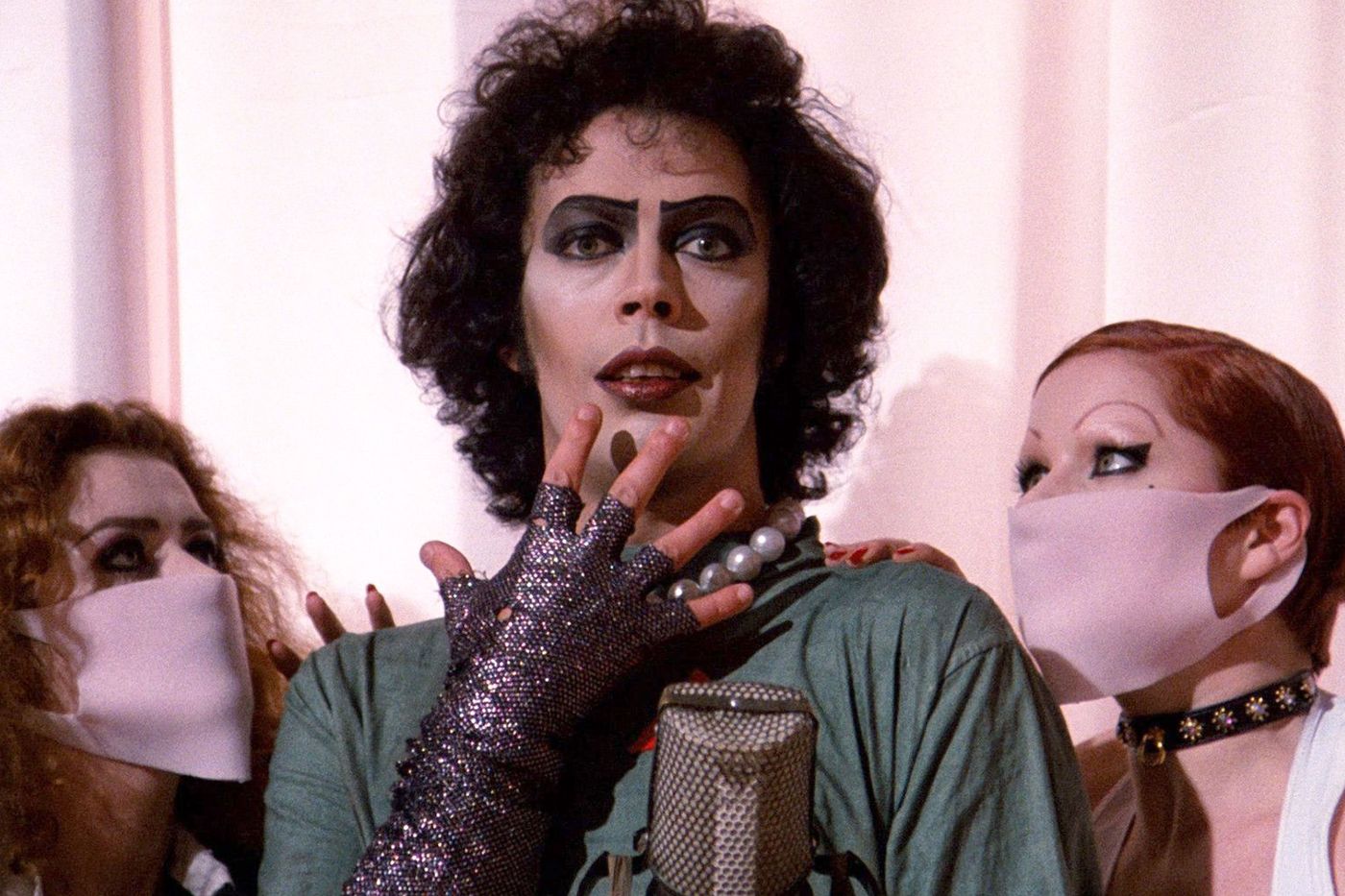why did she put a balloon underneath her dress?
Because she’s a silly Billie that’s known to pull such pranks.
how is babby formed
how girl get pragnent
am I gregnant
PREGANTE!
PREGANANANT!
My circle is nomal
If a women has starch masks
Dangerops prangent sex will it hurt baby top of his head?
Preguntas
I heard the boy pees in her ear. Its how you avoid cooties!
When a man and a woman love each other very much then…
Well everyone stops at ‘then’ so I guess, the baby just appears then.
On average, humans have one testicle.
Less than that. There are more women than men and some men have less than 2.
I know, but it sounds better for the joke 😇
I mentioned it because I say “The average person has less than 1 testicle.”… Also The average person has less than 2 legs… 2 arms… 2 breasts… etc. One of my favorite eye rolling stupid joke.
There are more women than men
[CITATION NEEDED]
Also, 1 is correct if we consider significant figures. It may be slightly less, but rounded to the nearest whole number is most certainly 1.
What about people who have had limbs amputated?
Do teeth count as part of the skeleton? If you’ve lost teeth do you only have 99% of a skeleton left?
According to this, bones don’t start forming until the sixth or seventh week of gestation, so does the fetus technically not have a skeleton before then?
So many questions
I’d argue you still have one skeleton if you lose limbs or teeth.
Amount of skeletons is an integer representing the anount of bone structures holding and protecting human body (or whatever’s left of it).
The real question is, how much of which parts of skeleton can we lose with it still being skeleton instead of a set of bones?
Skeleton of thesus?
Everyone else is failing to count the number of babies (140 million per year) nearly all of whom have 100% complete skeletons and set that against the number of amputations of perhaps a few percentage points across a much smaller number of people annually (“more than 1 million annually”).
I’d argue teeth aren’t skeleton because they’re not made of the same substance as bone - the outside is enamel and dentin whereas bones are collagen, protein and minerals (mostly calcium). Kinda like how hair and nails don’t count because they’re made of keratin.
so does the fetus technically not have a skeleton before then?
The cartilaginous pre-bones would still be a skeleton. Sharks have skeletons, but don’t have any bones for example.
Will no one bring down the average? I guess they won’t be stepping up …
this is bigoted propaganda against bonelessness
Ivar is INCENSED!
We’re the Martians!
The average amount of testicles in a body is less than 1
Wouldn’t it also be greater than 1 for the same reason as OP? I think there are probably more babies in mothers than people missing testes.
but mothers don’t have testicles
Not their own, no, but the average number of testicles in a mother’s body is greater than 0.
But they have the testicles of their soon to be born sons.
I would say whether it’s greater than 1 or lesser than 1 is inconclusive without accurate data .
You would need to find out whether amount of men with removed testicles is greater than amount of women pregnant with a boy (after the average week when testicles appear). Also men to women ratio in global population needs to be accounted for.
That’s easy. The number of men missing testicles is not 50%
deleted by creator
Aren’t babies cartilaginous at birth? Guess it’s still a skeleton as it is a structural frame, even if it’s not made out of bones yet.
It’s scary enough that we have one skeleton inside and now I have to worry about the potential for two of them?! How am I supposed to sleep
Chances of getting Boneitis increases with every birth.
That is clearly a ball of some sort, possible fairly heavy as she uses two hands to hold it in place.
https://www.historydefined.net/sanju-bhagat/
Proof that men can have babies (and adults) inside of them.
The article says the doctor was able to shake hands with the twin but didn’t confirm wether the twin was able to be saved or not?
Saw a documentary a long time ago. He died within a couple days.
Based on the order in which bits of his brother were removed from him, I’d assume not.
Totally explains all the skulls and rib cages in MK3.
Dennis Prager logic
I’m sorry to burst everyone’s bubble but this doesn’t make sense. The average person is not pregnant. Therefore the average person does not have more than one skeleton in their body.
It’s the average amount, meaning that if one person out of the entire world was pregnant, the average would be technically more than one, even in the slightest degree.
I think even on balance, considering fractions of skeletons in whole people, you’re going to end up with more than one skeleton per person despite some of those people missing bones or limbs.
It’s like one sixth of a percent more than 1:1 if there are 135 million babies born each year on earth, but that’s not nothing.
Yeah that’s kinda the point I was getting at. With a baseline of 1 and the 100% probability of 1 person out of 8 billion being pregnant, it will always technically be more than 1.
For pregnant women, right?
Do you understand how averages work?
If there are 8 billion people on this world and each one has one skeleton in them, then the average number of skeletons is one. If even one of those 8 billion people have two skeletons in them, then the average is slightly more than one.
So the average is more than one for pregnant people, but also for all people as a whole.
I wasn’t using my brain, so sorry.
common mistake
















